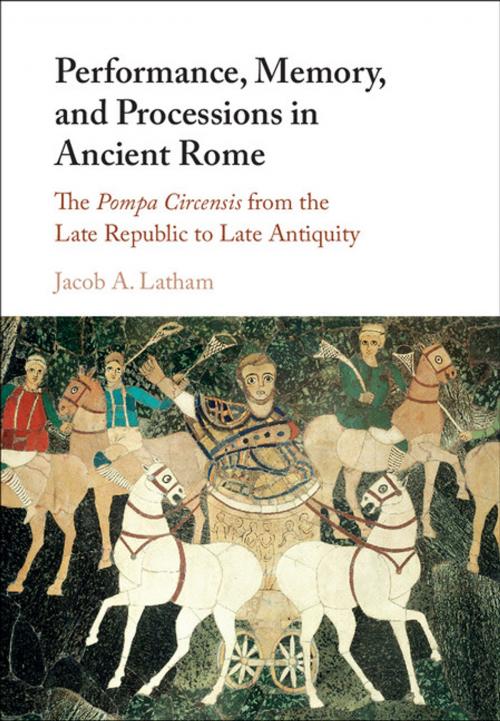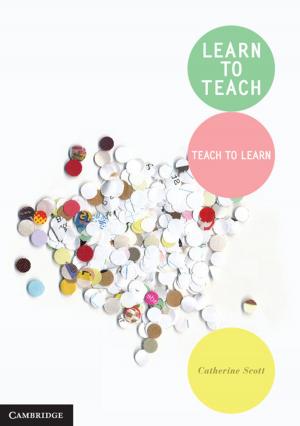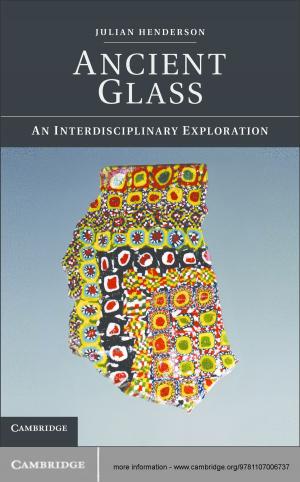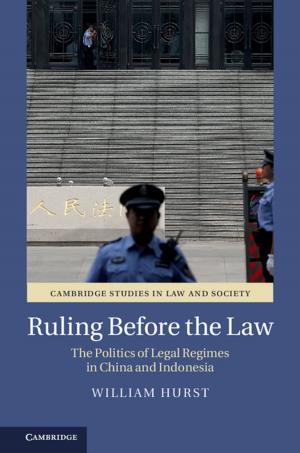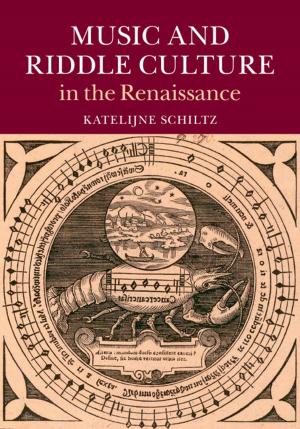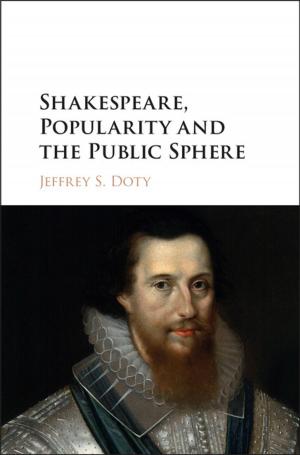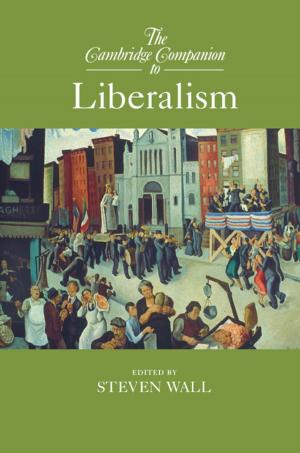Performance, Memory, and Processions in Ancient Rome
The Pompa Circensis from the Late Republic to Late Antiquity
Nonfiction, History, Ancient History| Author: | Jacob A. Latham | ISBN: | 9781316691977 |
| Publisher: | Cambridge University Press | Publication: | August 16, 2016 |
| Imprint: | Cambridge University Press | Language: | English |
| Author: | Jacob A. Latham |
| ISBN: | 9781316691977 |
| Publisher: | Cambridge University Press |
| Publication: | August 16, 2016 |
| Imprint: | Cambridge University Press |
| Language: | English |
The pompa circensis, the procession which preceded the chariot races in the arena, was both a prominent political pageant and a hallowed religious ritual. Traversing a landscape of memory, the procession wove together spaces and institutions, monuments and performers, gods and humans into an image of the city, whose contours shifted as Rome changed. In the late Republic, the parade produced an image of Rome as the senate and the people with their gods - a deeply traditional symbol of the city which was transformed during the empire when an imperial image was built on top of the republican one. In late antiquity, the procession fashioned a multiplicity of Romes: imperial, traditional, and Christian. In this book, Jacob A. Latham explores the webs of symbolic meanings in the play between performance and itinerary, tracing the transformations of the circus procession from the late Republic to late antiquity.
The pompa circensis, the procession which preceded the chariot races in the arena, was both a prominent political pageant and a hallowed religious ritual. Traversing a landscape of memory, the procession wove together spaces and institutions, monuments and performers, gods and humans into an image of the city, whose contours shifted as Rome changed. In the late Republic, the parade produced an image of Rome as the senate and the people with their gods - a deeply traditional symbol of the city which was transformed during the empire when an imperial image was built on top of the republican one. In late antiquity, the procession fashioned a multiplicity of Romes: imperial, traditional, and Christian. In this book, Jacob A. Latham explores the webs of symbolic meanings in the play between performance and itinerary, tracing the transformations of the circus procession from the late Republic to late antiquity.
